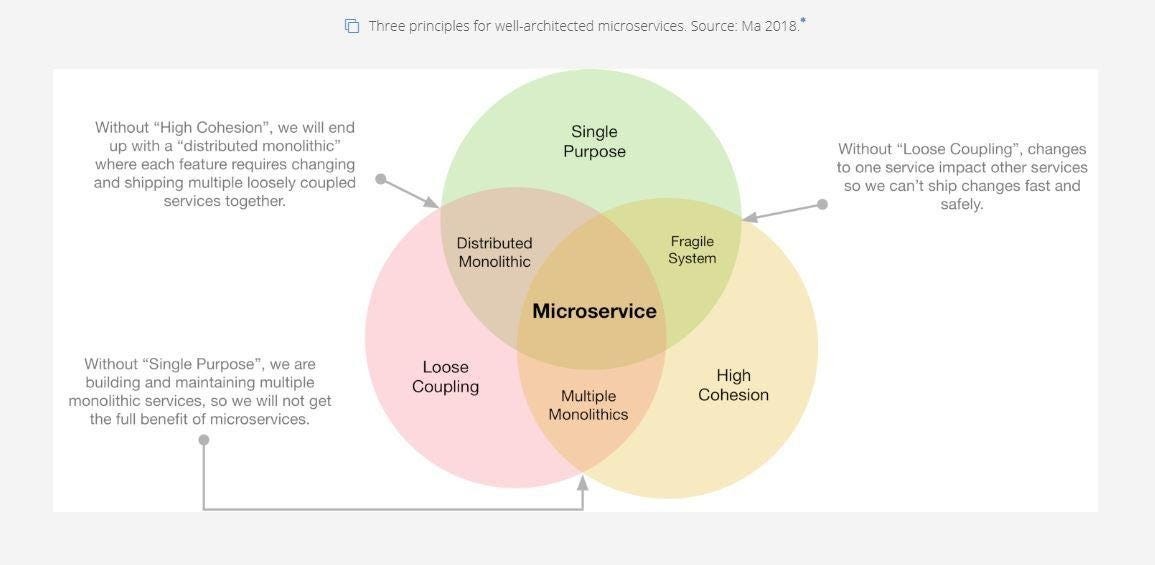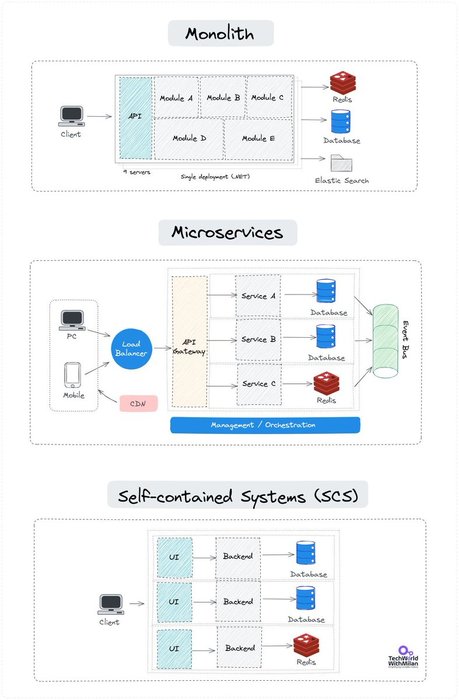
Microservices Design Principles

Balancing Coupling in Software Design: Universal Design Principles for Architecting Modular Software Systems (Addison-Wesley Signature Series (Vernon))
amazon.com

𝗛𝗼𝘄 𝘁𝗼 𝗱𝗼 𝗺𝗶𝗰𝗿𝗼𝘀𝗲𝗿𝘃𝗶𝗰𝗲𝘀 𝗮𝗿𝗰𝗵𝗶𝘁𝗲𝗰𝘁𝘂𝗿𝗲 𝗽𝗿𝗼𝗽𝗲𝗿𝗹𝘆?
𝗦𝗲𝗹𝗳-𝗰𝗼𝗻𝘁𝗮𝗶𝗻𝗲𝗱 𝗦𝘆𝘀𝘁𝗲𝗺𝘀 (𝗦𝗖𝗦) is a software architecture approach that prioritizes the decentralization of applications into independent systems, each with its domain logic, UI, and data storage. Unlike Microservices, smaller services focused solely on business logic, SCS... See more
Software Architecture.
There're like 10-15 simple principles you need to know to design microservices that scale.
Dmitrii Kovanikovx.com